
Бесплатный фрагмент - From The Summer garden to The Winter Palace. Phototravel on The Left bank of Neva
From the author
Here and again together, dear reader! And again Trinity Bridge! It is remembered, all our previous meetings happened on this memorable bridge (see Valery Pikulev and Valery Gulyakin’s first book: “Acquaintance to St. Petersburg. Photostory about The Great City”; further — the book by the same authors: “St. Petersburg fortress. Photostory about The Peter and Paul Fortress of St. Petersburg”; well and previous: Valery Pikulev and Valery Gulyakin “St. Petersburg island. Phototravel to History …". Now we, having left the bridge, we will go to other party and we will get acquainted already with The Left bank of Neva — from The Summer garden and to The Winter Palace. And remarkable photosketches of Valery Gulyakin will help to become impregnated even more deeply with the unique atmosphere of The Northern Capital of Russia.
Yours faithfully! Valery Pikulev
Suvorovskaya Square
Having descended from Trinity Bridge, we get on Suvorovskaya Square of The Moscow side of St. Petersburg. It is not necessary to be surprised here: the city stands in the mouth of Neva which divides it into three parts, — on right-bank Vyborg (northern) from where a direct way to Vyborg; on left-bank Moscow (southern) and on island (central) with which we are already partially familiar.
The architectural complex of “The Old City” dementing adorers of “Golden Age” of architecture historically developed around The St. Petersburg fortress, occupying the space more than thirty square kilometers. And in this huge territory — the cathedrals shaking by the magnificence, graceful bulks of bridges, palaces to which on beauty not many in the world are capable to be compared, monuments…
Monuments … — having descended from Trinity Bridge, we at once appear before one of them. It it is proud rises in the center of Suvorovskaya Square. Yes, it is a monument to the national hero of Russia, — to the great Russian commander, the generalissimo Alexander Vasilyevich Suvorov.
The memory of this person is how expensive to us?! Do you judge … — What we usually answer a request to call some, Russian poet? Well, of course, — Pushkin! We answer, without thinking. And also, without thinking, we answer the same request for the commander: Suvorov! — Here who such for us, Russians, Suvorov!
Before us the Russia’s first monument established in honor of the uncrowned person. The monument (the sculptor M. Kozlowski, with the assistance of architects K. Rossi and A. Voronikhin) was built in 1801, on the highest command of the Emperor Paul I, and is a bronze figure of Suvorov on a granite pedestal. There is no portrait similarity, of course, — we see the allegorical image of The Ancient Greek soldier, — yes unless in similarity business?! No, — matter in grateful memory!
Alexander Vasilyevich, having lived only 70 years (1730 — 1800), won 70 brilliant victories, — and any defeat! And what only it did not receive titles for the great victories: generalissimo of The Russian ground and naval forces, general field marshal of The Austrian troops, great marshal of troops Piedmont… count Rymniksky… prince Italic… columns of The Sacred Roman Empire… prince of The Sardinian royal house… Suvorov became the gentleman of all Russian awards and many foreign!
But, of course, The Italic campaign of Suvorov when on the Trebbia River The French troops of the general McDonald were broken became a wreath… And for the subsequent well-known transition through The Alps Alexander Vasilyevich just was also awarded ranks of the generalissimo.
In Alexander Nevsky Lavra that on the left coast of Neva, our national hero found rest … “Suvorov” — and more no words on its tombstone lies here! A funeral of the great commander took place, however, on the field marshal’s rank … — say, the procession of the generalissimo would not squeeze through narrow gate of Monastery as The Emperor explained. Only God will judge his!
During The Leningrad blockade a monument to Suvorov, — one of the few in the city, — did not take cover and was not camouflaged. Open for enemies, it is proud stood an appeal to resistance and to the Victory!

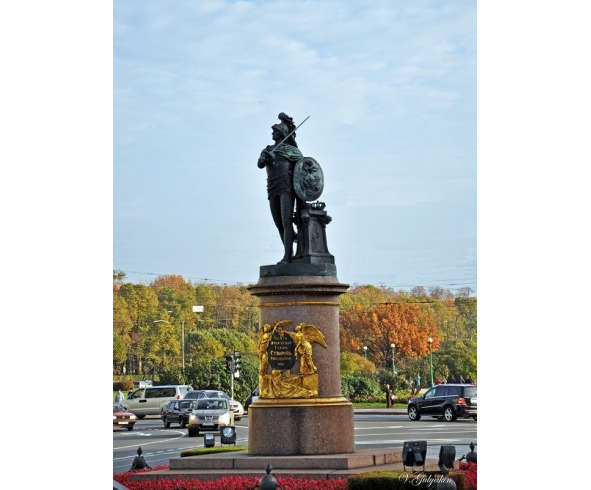
The Summer garden
And now we will go from a monument to Suvorov on the embankment, upstream Neva, and soon we will appear on that place about which Samuil Marshak only in three lines so capaciously told:
Long ago verses Neva speaks.
Gogol’s page The Nevsky lays down.
All Summer garden — Onegina the head…
Well, of course, — The Summer garden! And, the first that the look — a lattice is evident and bewitches! Surprising, unforgettable beauty, world renowned openwork lattice of The Summer garden! — In it admires literally everything: 36 granite columns with vases at tops, gilded links, jewelry in the stitl of baroque … — to this treasure of world art are not present equal on grace and lightness! Do you remember, at Anna Akhmatova? —
— I to roses want in that only garden where the best in the world costs from fencings…
The lattice, work on which creation lasted 15 years, was built in 1786 on the project of the architect Yury Felten. Total length of a fencing — 232 meters.
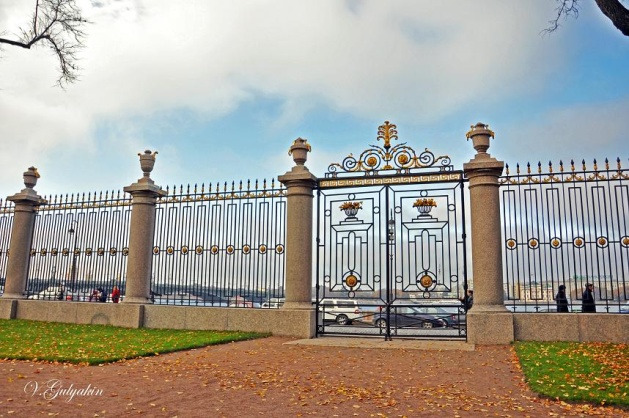
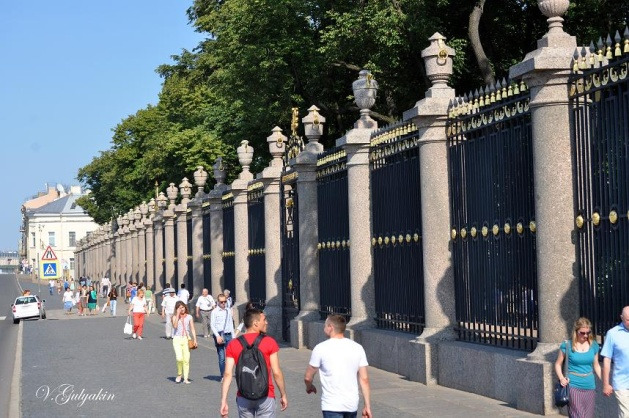
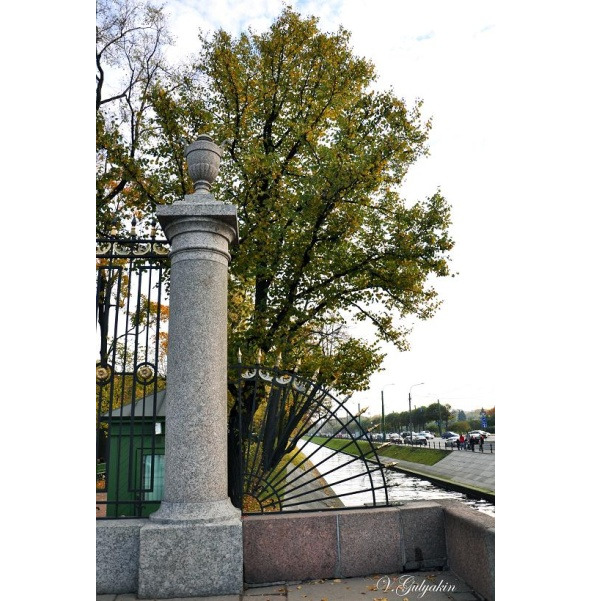
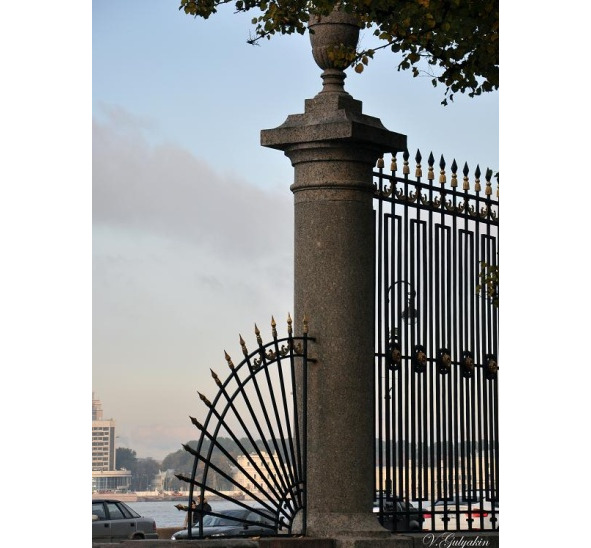
And now it is time to admire also with The Summer garden. Having stretched on the left coast of Neva “exactly against” Cabin of Peter The Great that on right… it represented itself the embodiment of a dream of The Emperor of the ceremonial residence in which it would not be ashamed, — well not in a timbered lodge! — to receive important overseas guests.
For the garden called Summer the town at the rivulet nicknamed subsequently Fontanka was chosen; breakdown it began to be made, without postponing, — in 1704, — on the project of the regular park. The garden was built with live participation of Pyotr who planned his strict planning: avenues, numerous sculptures, fountains, arbors…
In The Summer garden there were 250 marble sculptures ordered by a part in Italy. And here fountains were the first in Russia.
Shady avenues of oaks, ash-trees, maples were framed with green hedges of a lilac, a jasmine, a hawthorn… Since 1718 in The Summer garden noble assemblies, meetings of ambassadors, celebrations of the capital nobility began to be held, and from the middle of the 18-th century the garden became available to celebrations and idle time, but “decently dressed public”.
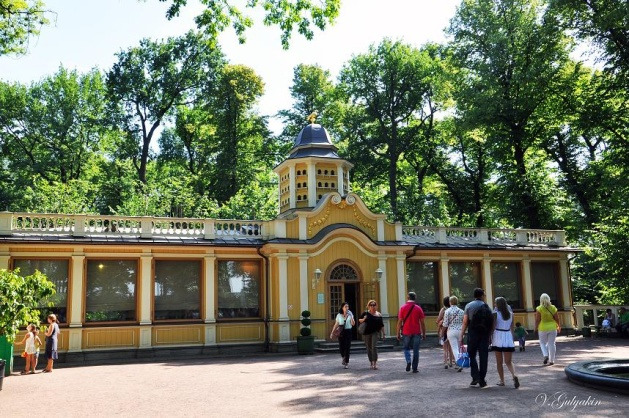
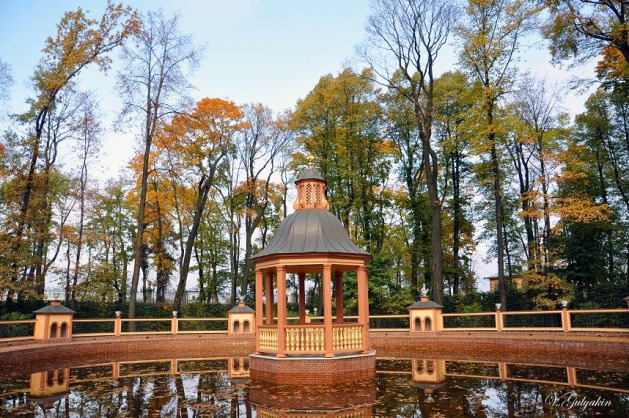
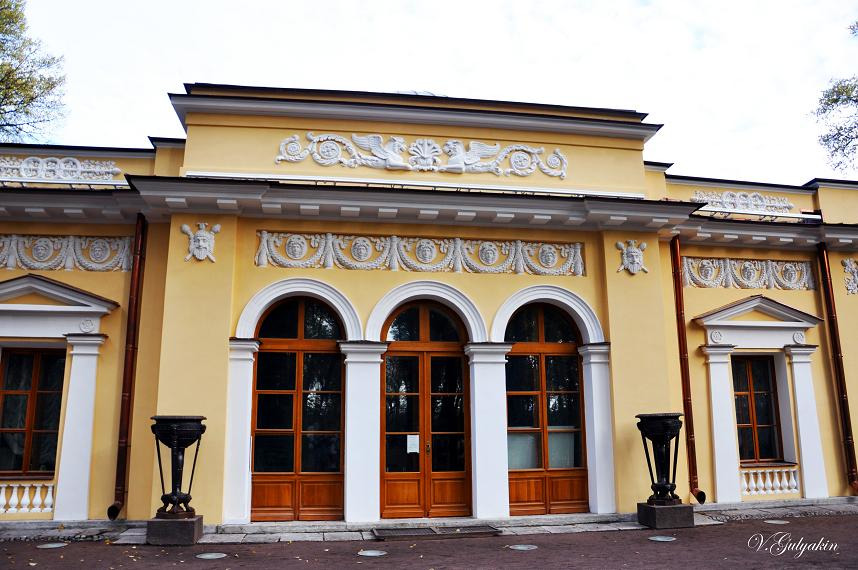
Бесплатный фрагмент закончился.
Купите книгу, чтобы продолжить чтение.